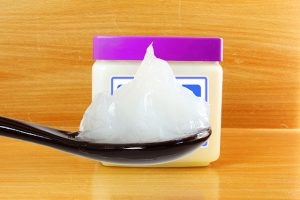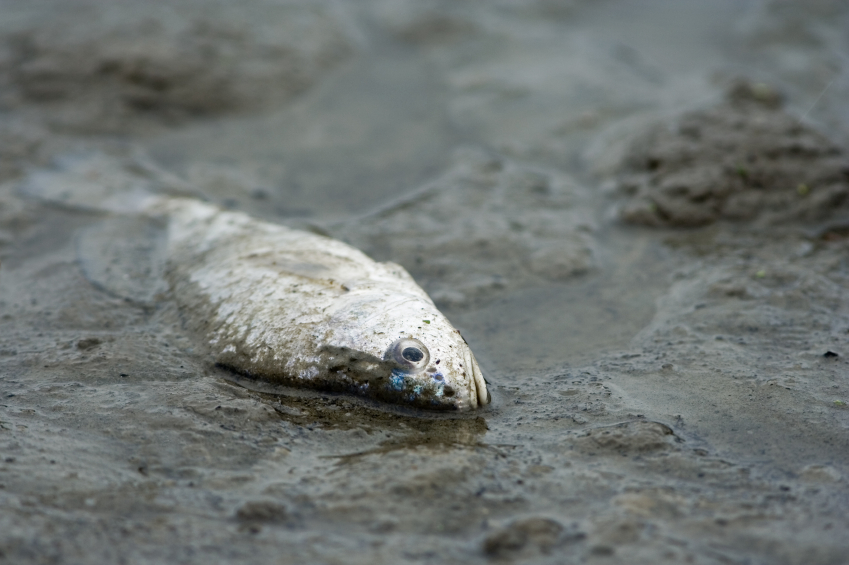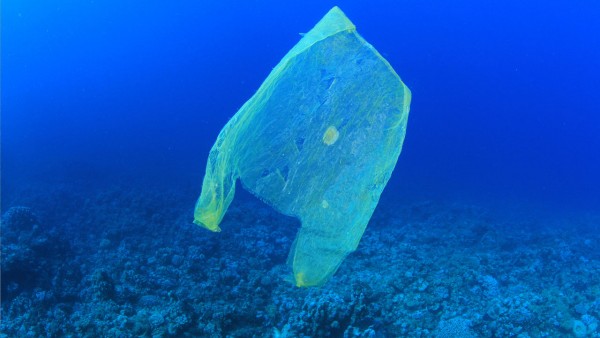Petrolatum – toxicity, side effects, diseases and environmental impacts
11/14/2017 / By Frances Bloomfield

Petrolatum is a colorless or pale-yellow, semi-solid byproduct of petroleum or crude oil refining. The origins of petrolatum lie in the Pennsylvanian city of Titusville, where it started as a thick gel from oil wells that were eventually distilled and cleaned by American chemist Robert Chesebrough. Hundreds of years after its initial discovery, petrolatum has a wide range of applications in the personal care and cosmetics industry.
While still commonly used to remedy chapped lips and diaper rash, petrolatum has undergone intense scrutiny from various environmental and health organizations for its purported negative health effects.

List of known side effects
As a petroleum product, petrolatum runs the risk of being contaminated with polycyclic aromatic hydrocarbons (PAHs). These organic compounds are present in crude oil and crude oil byproducts, and are believed to have acute and chronic effects on human health, which range from skin inflammation and irritation to breathing problems. Moreover, PAHs are thought to be potentially carcinogenic. According to Livestrong.com, Columbia University researchers found that women with breast cancer were 2.6 times more likely to have PAHs in their breast tissue. Due to this study and many others, the European Union (EU) has deemed the various grades of petrolatum as dangerous substances.
Petrolatum is believed to boost the risk of estrogen dominance, where the body has elevated levels of estrogen and low levels of progesterone. This imbalance is said to increases the chances of developing nutritional deficiencies, infertility, autoimmune problems, menstrual issues, allergies, and sleep problems. This is largely due to the petrolatum possibly containing xenoestrogens, which are a type of endocrine disruptor.
The ingestion of large amounts of petrolatum can lead to serious gastrointestinal issues, namely:
- Abdominal pains
- Coughing
- Diarrhea
- Shortness of breath
- Throat irritation
Body systems affected by petrolatum
Using petrolatum and products made with it can seriously harm the skin. This is because applying petrolatum onto the skin creates a barrier that impedes the skin’s natural ability to absorb nutrients and moisture and to breathe, causing collagen to break down and leading the skin to undergo premature aging. Additionally, mineral oils are stated to boost the risk of sun damage to the skin by heightening photosensitivity, meaning that petrolatum can result in this as well.
People with pre-existing skin conditions like rosacea and acne are therefore advised against using petrolatum and products containing petrolatum due to the risk of these conditions becoming aggravated.
Petrolatum can be harmful to the respiratory system as well. Applying petrolatum to the nose can lead to it entering the lungs, which can in turn cause lipid pneumonia, a type of lung inflammation cause by lipids entering the bronchial tree.
Items that can contain petrolatum
Petrolatum is most widely marketed as petroleum jelly, with the most popular brand name being Vaseline.
However, petrolatum can be found in various other personal care products as well. As per the Environmental Working Group (EWG), petrolatum is present in one out of every 14 cosmetic products on the market; over 40 percent of baby lotions and oils, and 15 percent of lipsticks, are believed to be made with petrolatum.
Furthermore, many lotions and eye lubricant ointments are made with petrolatum as well.
How to avoid petrolatum
Manufacturers are required to clearly indicate if and when their products contain petrolatum. They can list it under different names, however. If “petrolatum” isn’t being used, look out for these other names on the labels:
- Mineral oil
- Paraffin oil
- Petroleum jelly
- White petrolatum
To further minimize the risk of petrolatum exposure, opt for more natural alternative moisturizers. Coconut oil, shea butter, cocoa butter, and olive oil are all reliable products that lock in moisture and nourish the skin without any of the associated dangers of petrolatum.
Where to learn more
- 10 worst cancer-causing household products likely penetrating your skin daily
- Food-grade shellac and petroleum? Just what is it you’re eating besides ‘shiny fruit and vegetables’?
- French study claims Pampers nappies contain carcinogens linked to cancers of the skin, lungs, bladder, liver and stomach
- The 7 most common toxins people apply to their skin DAILY without even knowing it
- The “Dirty Dozen” Of Common Cosmetic and Skin Care Ingredients
Summary
Petrolatum can be dangerous to use because of the presence of polycyclic aromatic hydrocarbons (PAHs) and xenoestrogens. While PAHs are potentially carcinogenic compounds, xenoestrogens are endocrine disruptors.
Applying petrolatum to the skin is not recommended because it can disrupt the skin’s natural functions, particularly among individuals with pre-existing skin conditions.
Putting petrolatum on the nose can increase the risk of lipid pneumonia.
Eating petrolatum can be dangerous too as it can cause a wide range of gastrointestinal problems.
Sources include:
DavidSuzuki.org
BestHealthMag.com
Livestrong.com
MedlinePlus.gov
Healthy-Holistic-Living.com
HuffingtonPost.com
SafeCosmetics.org
Tagged Under: Petrolatum



















